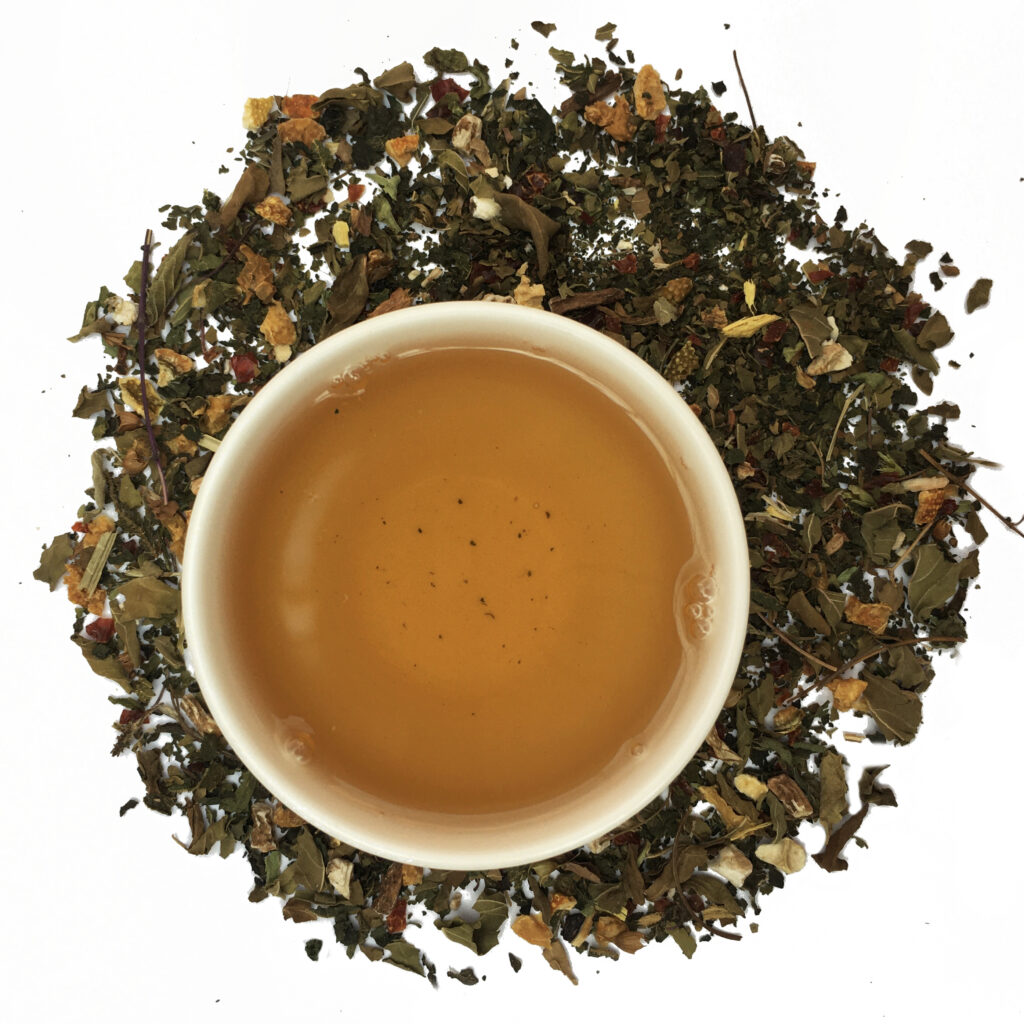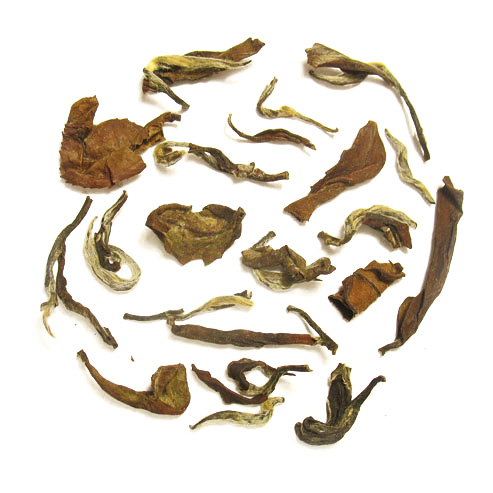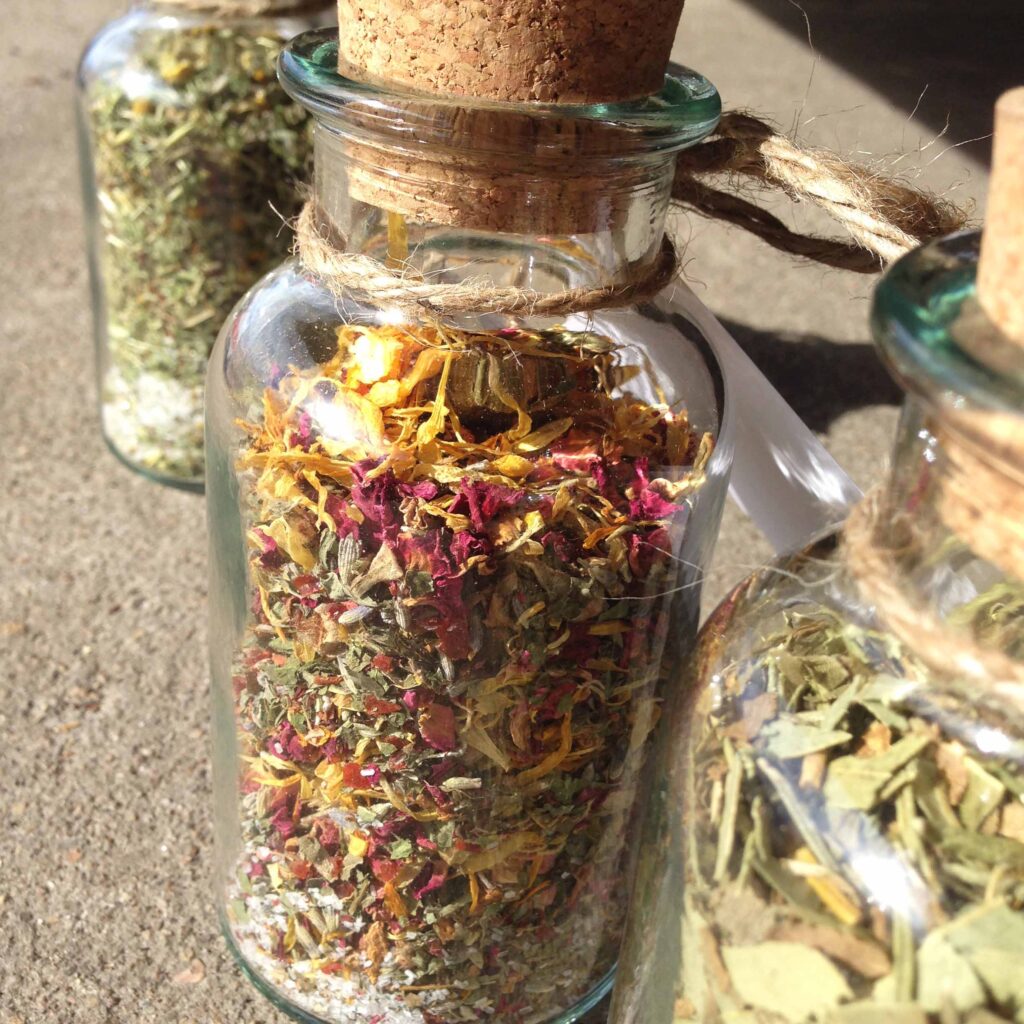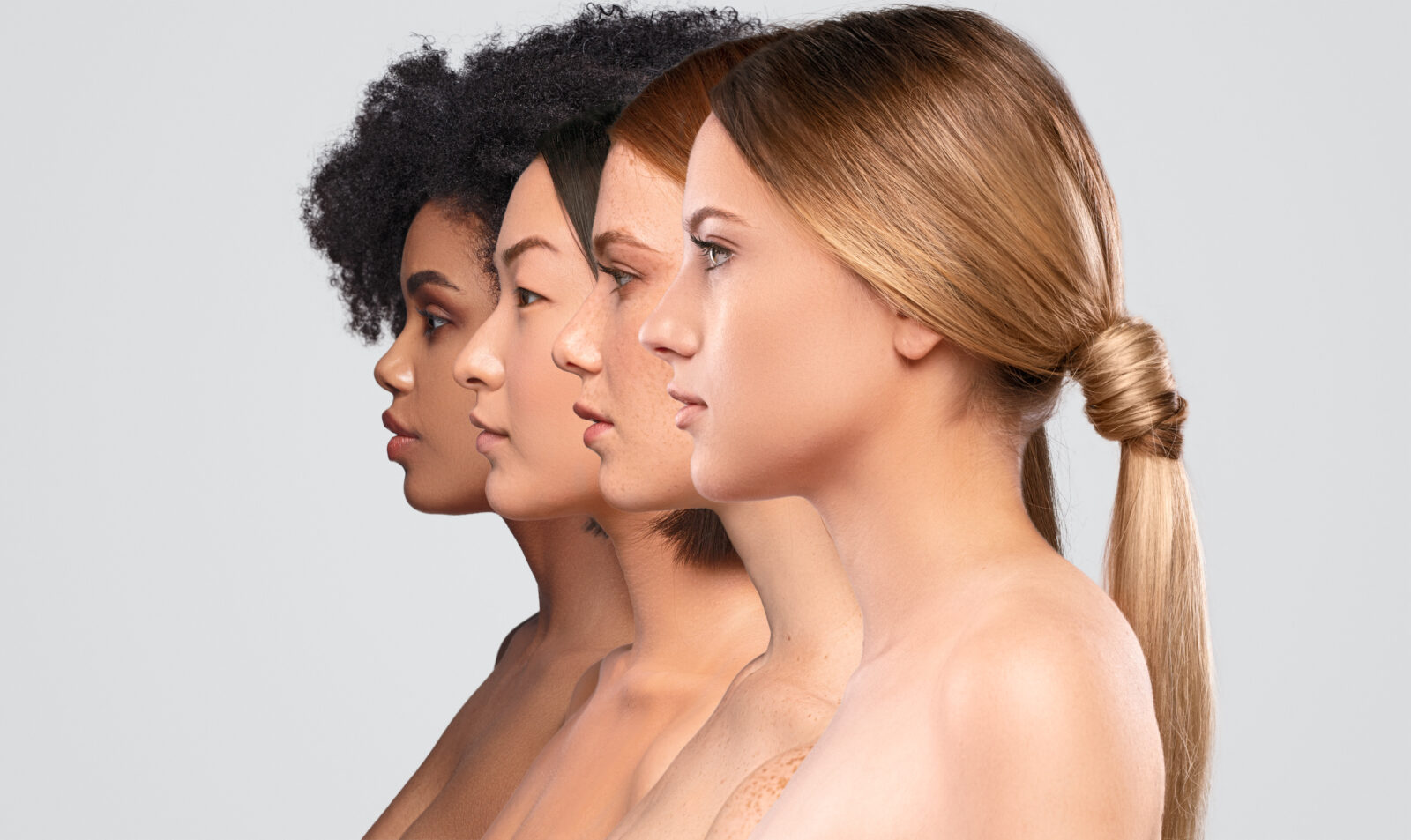Tea to the Rescue for Soothing Summer Skin
Summer’s sun and warmth drive us out of cozy living rooms and kitchens, and into the great outdoors. In Colorado, we summit snow-splotched peaks, and spend afternoons paddling around lakes. We head out for after-dinner bike rides and kick back in parks, noshing on banh mi sandwiches and sipping lemonade.
Spirits soar. But skin suffers. The body’s largest organ doesn’t appreciate summer’s relentless torrent of ultraviolet radiation (UV) from sunlight. Businesses around the world revolve around products that soothe, moisturize and protect skin, and experience especially brisk business during the hot months. In 2020 in the U.S. alone, the skincare product reached $17.6 billion.
It’s big business for good reason — people care about their skin. Count us among those who advocate for skin health. Clear, robust skin boosts confidence, nurtures self love and increases our chances for long, vigorous lives. The salves, lotions, sunblock creams and facial toners that dominate the skincare marketplace all perform meaningful tasks for the health conscious.
Tea — it isn’t just for sipping anymore
But so does another product — tea. Instead of addressing immediate concerns, such as burns or rashes, skin-health protocols that incorporate tea focus more on prevention and promoting overall skin health than solving problems. And while sipping some teas contributes toward skin vitality, artisans also craft tea blends designed for bathing, rather than gulping.
With heat and blazing sun on tap for another two months or so — in Colorado, temperatures often remain high well into October — it’s time to start taking care of your beautiful skin. International Self Care Day is just around the corner, on July 24. Consider beginning your skin health journey on Sunday, if not before.
Enjoy the balmy months, and stay cool, too. The recent heat wave that parked itself over much of the country challenges our ability to savor the season. In fact, it’s driving many of us back inside — our skin might celebrate the UV break, but we look forward to temperature dips and returns to the land of sunlight!
Tea for Skin Health: Organic Beauty Health

Strengthening keratin? Check. Fighting acne? Yes indeed. Improving skin elasticity and boosting skin nourishment? Absolutely.
With tulsi, nettle, rose hip, dandelion, orange, licorice and natural stevia, this tea packs a skin-wellness punch. The botanicals elevate vitamins A, C, E and B-complex, all of which play important roles in healthy skin.
Consider tulsi, also known as Holy Basil and nicknamed the “queen of herbs.” This plant, native to India, represents one of the core pillars of Ayurvedic beauty regimes. Ayurvedic practitioners use it to brighten skin tone, eliminate acne, tone skin and cease scalps from itching. It often gets used as a topical, but sipping tulsi also contributes toward that desired glow.
Ironically, nettles also boost skin health. In the wild, people call them “stinging nettles” due to the extreme irritation they deliver to skin. But after harvesting and processing into consumer products, nettles transform into skin balms and overall health enhancers
Tea for Skin Health: Oriental Beauty Oolong Tea

Close readers of the Ku Cha weekly tea magazine understand our passion for oolong tea. The tea’s diversity of flavors and aromas captivates us. But we sip it for other reason, too. Principal among them: health. Many studies explore different ways in which oolong tea affects human vitality, from strengthening the heart to mitigating cholesterol. Research has also suggested that oolong tea serves as balm for the skin.
A 2001 study in the Archives of Dermatology and covered in the New York Times found that oolong can help decrease symptoms of atopic dermatitis, a condition that precipitates itchy skin in different areas of the body. The report considers that polyphenols, which are compounds found in tea, may be responsible for oolong’s skin powers.
This famous Formosa oolong, known as Bai Hao, comes from Mount Ali in northern Taiwan. Farmers harvest leaves in summer and then oxidize them quite a bit — more than is typical for Taiwan oolongs. The key twist with Bai Hao is insects — they nibble the leaves prior to harvest. Rather than ruining the tea, the insect bites enhance its flavor, yielding a smooth and sweet brew with a unique aroma of peaches and honey.
Tea for Skin Health: Sensibilities Bath Tea

Beer baths seem to be all the rage these days. We’re not knocking it. But we also don’t anticipate heading to one of these salons and sinking into a warm pool of India Pale Ale.
But a tea bath? We’re in! And you should be, too. Transforming a bathtub of warm water into a soothing pool of tea-based wellness is easy — it’s just tea-steeping, at scale. Pour the blend into the water, give it time to brew and voila — it’s time to slide up to your neck and let the good feelings wash over you.
This blend incorporates organic rose, organic calendula, organic lavender, organic lemon balm, organic echinacea and epsom salts into an elixir custom-designed to heal skin, while simultaneously promoting a feeling of peace, love and happiness.
Give it a whirl! We expect you’ll be back for more.

